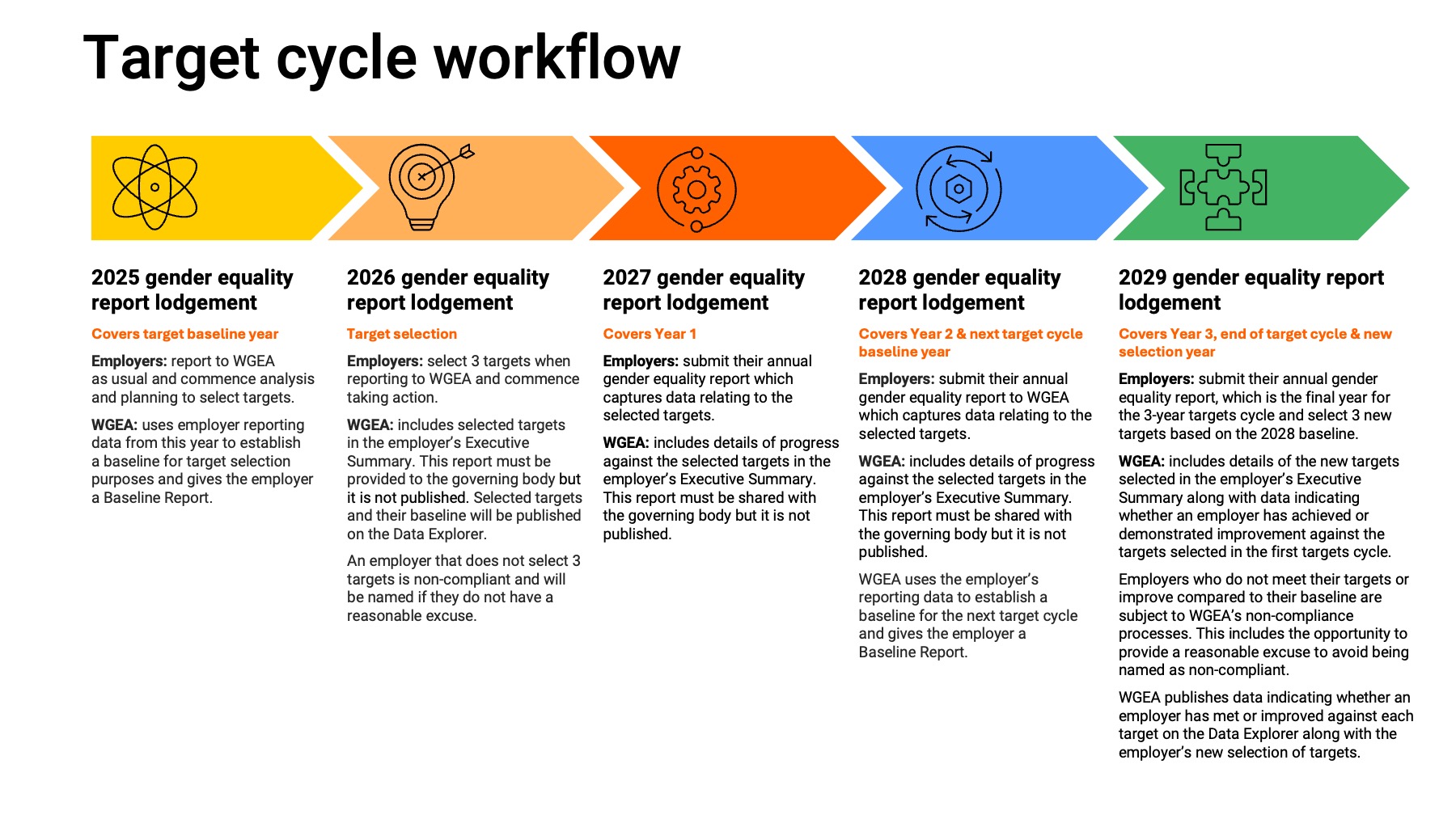
New law step in the right direction after gender pay gap publication, expert says

HR leaders across Australia are being advised to work closely with their management teams to prepare for the changes stemming from the newly passed Setting Gender Equality Targets Bill.
The law, which was passed in March, mandates employers with 500 or more employees to select and commit to achieving three gender equality targets.
They have three years to meet or demonstrate improvement on their selected targets, and failure to do so may make them ineligible to tender for Commonwealth procurement.
Preparing for this new legislation is not just the responsibility of HR leaders, but of management as well, according to Sabrina Scherm, customer advocacy manager at HiBob.
"If you are going through your action plans and you're committing actually to make a change, often that change needs to be seen in the management level to actually then cascade down to the smallest employee of the business," Scherm told HRD.
"So, I do think HR needs to work very closely with the management in that sense."
Australia's gender equality targets scheme is the first of its kind globally. It follows the country's recent mandate to publicly publish the gender pay gap of workplaces.
Scherm said the new law is a "step in the right direction" after the publication of gender pay gaps.
"The last couple of years it was just about companies reporting the data to the agency and we're making the data public — but most of the times, or often, there was nothing actually happening behind it," she said.
According to Scherm, the publication of gender pay gaps ended up becoming a "ticking box" for organisations.
In fact, data from HiBob revealed that while 51% of women believe their organisation is addressing the pay gaps, 37% think their employer will never prioritise closing them.
"So, it's great to see that companies who have about 500 employees actually need to have an action plan behind it," she said.
These action plans could include organisations looking at the barriers to equal pay for genders, such as promotions, according to Scherm.
"Maybe there are not enough promotions going on in the company? How many promotions or females were promoted into leadership as well?" she said. "Or is it maybe a cultural thing in the business? Or is it maybe in terms of like how the company represents themselves?"
HiBob data revealed that only 25% of women were promoted last year, much lower than the 41% of men promoted in the same period.
"So really tracking who is going to make the promotion and what are the reasons if someone else is not considered," she said.
"I do think that more females probably need to be in a leadership position and that comes back to promotion as well, especially because if you do have different perspectives sitting at the decision-making level, you can actually drive more to narrow down the pay gap."
Meanwhile, Scherm also noted that the legislation also addresses equality beyond the pay gaps.
"The legislation promotes broader workplace gender equality by mandating targets that drive improvements in workforce composition, enhance support for carers and parents, prevent sexual harassment, and foster meaningful consultation," she stated.
"This comprehensive approach aims to create a cultural shift towards greater inclusivity and equity, increasing transparency and accountability while building fairer and more respectful workplaces for all employees."
Employers across Australia are expected to begin analysing and planning to select their targets, according to the Workplace Gender Equality Agency (WGEA).
By next year, they will be expected to select three targets when reporting to WGEA and commence taking action on these goals.
"An employer that does not select three targets is non-compliant and will be named if they do not have a reasonable excuse," WGEA said on its infographic.
 Source: WGEA
Source: WGEA